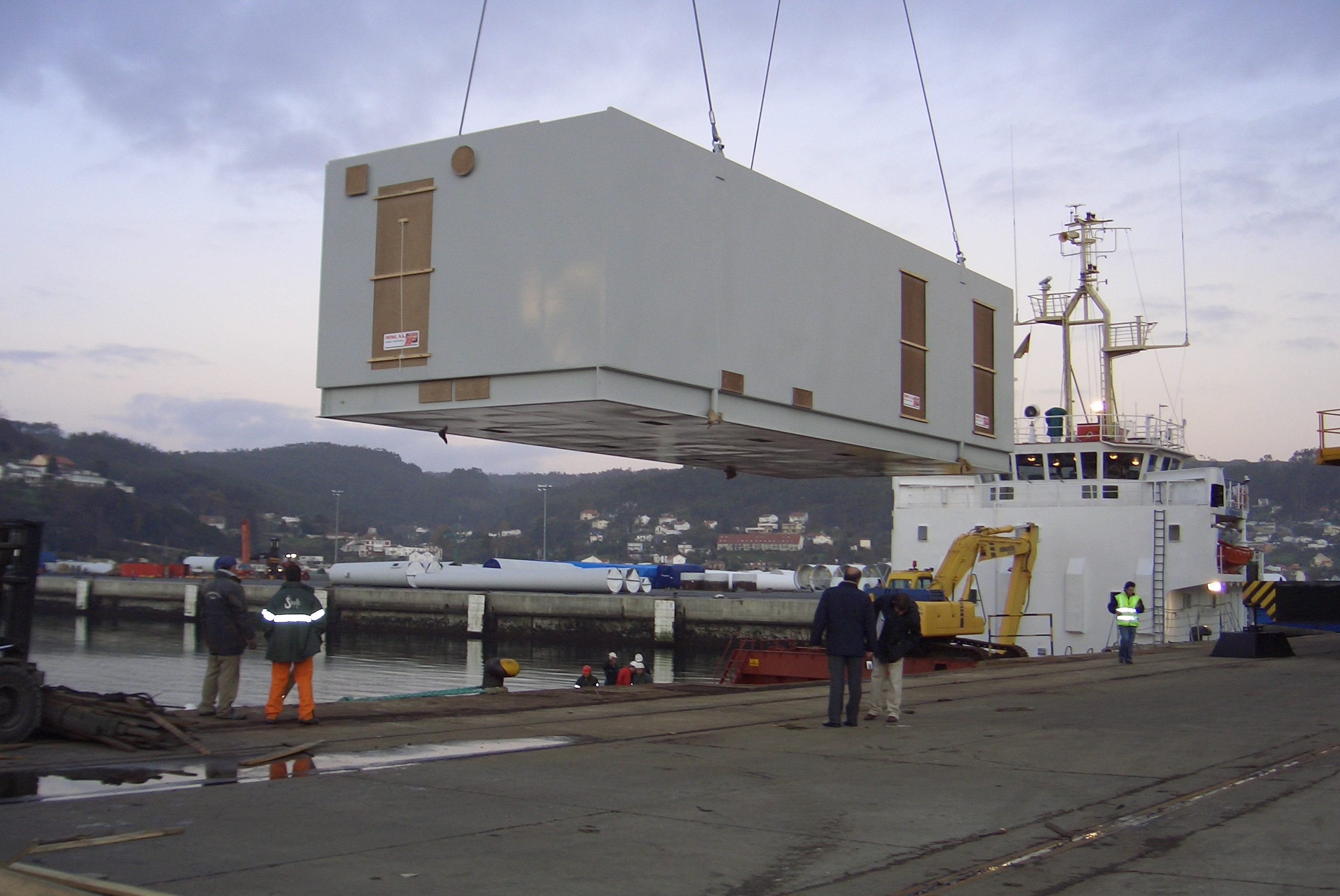Offshore accommodation and service modules are two distinct yet complementary components of offshore oil and gas installations. While both are essential for the smooth operation of offshore platforms, rigs, and floating production units, they serve fundamentally different purposes and are designed with unique functionalities in mind. Understanding the differences between these modules is crucial for optimizing offshore operations, ensuring the safety and well-being of personnel, and maintaining the efficiency of critical systems.
Purpose and Functionality
The primary purpose of offshore accommodation modules is to provide a safe, comfortable, and functional living environment for personnel working on offshore installations. These modules are designed to house workers who spend extended periods away from shore, often in remote and challenging environments. Accommodation modules include sleeping quarters, dining areas, recreational spaces, sanitary facilities, and medical units. Their design prioritizes the well-being and productivity of personnel, ensuring that they have access to essential amenities and a comfortable living space despite the harsh offshore conditions.
In contrast, offshore service modules are engineered to support the operational and technical functions of offshore installations. These modules house critical equipment and systems required for the production, processing, and maintenance of oil and gas facilities. Service modules may include control rooms, power generation units, workshops, storage areas, and utility systems such as water treatment and waste management. Their design focuses on ensuring the reliability, efficiency, and safety of the equipment and systems they contain, which are essential for the continuous operation of the offshore facility.
Design and Structural Considerations
The design of offshore accommodation modules emphasizes comfort, safety, and space optimization. These modules are typically constructed with lightweight yet durable materials to facilitate transportation and installation. The interior layout is carefully planned to maximize the use of available space, incorporating features such as bunk beds, foldable furniture, and multi-purpose areas. Accommodation modules are equipped with advanced HVAC systems to maintain a comfortable indoor climate, as well as soundproofing and vibration-damping technologies to minimize noise and enhance comfort. Safety features, such as fire detection and suppression systems, emergency exits, and life-saving equipment, are integral to the design, ensuring the protection of personnel in case of an emergency.
Service modules, on the other hand, are designed with a focus on functionality, durability, and safety. These modules are constructed using robust materials, such as high-strength steel and corrosion-resistant alloys, to withstand the harsh offshore environment and the dynamic loads encountered during operation. The layout of service modules is optimized for workflow efficiency, with easy access to equipment for maintenance and repairs. Safety systems, such as gas detection, emergency shutdown systems, and explosion-proof features, are incorporated to mitigate risks associated with the handling of hazardous materials. The design also includes advanced monitoring and control systems to ensure the reliable operation of critical equipment.

Integration with Offshore Infrastructure
Accommodation modules are typically integrated into the offshore installation as part of the living quarters, often located in a designated area away from the operational zones. This separation helps to minimize the exposure of personnel to potential hazards and ensures a quieter, more comfortable living environment. The integration process involves connecting the modules to the platform’s electrical, mechanical, and communication systems, as well as ensuring compatibility with the structural design of the installation.
Service modules, however, are integrated into the operational zones of the offshore facility, where they can support the production and processing activities. These modules are often located near the equipment and systems they serve, ensuring efficient operation and easy access for maintenance. The integration process involves connecting the modules to the platform’s power supply, control systems, and utility networks, as well as ensuring seamless communication with other operational modules.
Regulatory Compliance and Certification
Both accommodation and service modules must comply with a range of international standards and regulations to ensure their safety and reliability. These include standards set by organizations such as the International Organization for Standardization (ISO), the International Maritime Organization (IMO), and classification societies like Det Norske Veritas (DNV), the American Bureau of Shipping (ABS), and Lloyd’s Register. Compliance with these standards is verified through a rigorous certification process, which includes design review, material testing, and on-site inspections.
For accommodation modules, the certification process focuses on ensuring the safety and comfort of personnel, with particular attention to fire safety, emergency evacuation, and environmental conditions. Service modules, on the other hand, are certified based on their ability to support the reliable and efficient operation of critical equipment and systems, with a focus on structural integrity, safety systems, and environmental impact.
Conclusion
Offshore accommodation and service modules are essential components of offshore oil and gas installations, each serving distinct yet complementary roles. Accommodation modules provide a safe and comfortable living environment for personnel, ensuring their well-being and productivity in challenging offshore conditions. Service modules, on the other hand, support the operational and technical functions of the installation, housing critical equipment and systems required for the production and maintenance of oil and gas facilities. The design, functionality, and integration of these modules are tailored to their specific purposes, with a strong emphasis on safety, reliability, and efficiency.
